Disaster survival for special needs
Mid March in Kansas means Tornado weather. Yes, Tornado with a capitol T. Tornadoes in Kansas are nothing to laugh at. They are life threatening, and devastating for people who can handle normal situations easily. For those with special needs, the damage caused by a tornado is another story!
In the spring of 2001 we lived in a small town in the mid-west. It was hit by an F-4 tornado that damaged homes and buildings of half the town, ours included. Large, well built homes, the high school and hospital were all damaged to a point that they were only rubble, or unsafe.
At the time, we didn’t have any special needs in my family. I was a month pregnant with my youngest daughter, who has been diagnosed with autism. If she had been alive or even the age she is now, we could well have been in much worse shape.
Now, every year in February we start packing a “getaway bag” for each member of the family. The getaway bag has a couple changes of clothes, personal hygene items, and personal information like social security cards and a family photo. Why?
For anyone who hasn’t gone through a tornado, let me explain. They come sometimes with little warning. They change their path without warning, and quickly. Often, they come at night when no one can see what they are, how big they are, or where they are going.
The one we lived through in 2001 hit at 9pm on an April evening after the sun had gone down. Weather spotters couldn’t tell what it was exactly. They weren’t sure if there was just a wall cloud which is as dangerous, or if it was a bad thunderstorm.
Turns out, it was both! Winds over 150 miles per hour and personal belongings scattered more than 10 miles outside of town were discovered after the storm. There were cars in trees and trees through houses. Both of our trucks had wooden fence posts sticking through our back windows.
At that time, our oldest daughter was about 3 year old and very well adjusted. We packed a small bag and ran to the basement just before the winds lifted our house off the foundation and dropped it back down.
It was weeks before we had electricity and days before we had a phone. On top of that, the storm dumped so much water that the town was flooded so that no-one could get in or out for a few days.
Those things would spell disaster for my youngest daughter.
- She takes 4 medications daily. They all re-fill at different times, so usually there isn’t a week that goes by without having to fill a prescription and there have been a few times that she had to go without for a few days. It’s not pleasant for any of us when that happens.
- We have to wash her bedding and clothing nearly daily because of her incontince and messiness while eating.
- We depend very much on technology to keep her entertained and to help her communicate with the world.
With those kinds of needs, I have to think beyond just the material items. I have to think about the informational part of survival for us.
Here’s what I’ve come up with for her bag.
Waterproof backpack or rolly bag.
Large zip-lock or lock-tight baggie.
What’s inside the baggies? Clothing and important paper information. Here at home we keep a binder with information like medicine (name, dosage, doctor, ect), medical cards, school ID, and social security cards in it. This makes it easy to find what we need when we need it – and with a kiddo on the autism spectrum, we need that information all the time!
So, if we had to run out of the house in a hurry, their binder would go into their bag inside of a plastic baggie. Or, alternatively, you could make a copy of all that info and have it already inside of the plastic baggie, in their bag.
Why? because your child might get separated from you, or it might be days or weeks before you can get back into your home. Your home might not even be there anymore! You also won’t be thinking clearly under stress, so easy to find information about each family member will be very helpful when reporting to the authorities and to AID workers like the Red Cross.
Some things to include would be:
- Family photo
- Most recent photo of your child
- Medicine chart/list
- Doctor names/locations
- List of family and contact information
Lots of clothing changes rolled up.
Here’s how I’d try to pack, though there may just not be a good way to handle this for kids like my daughter. I pair up a shirt, pants, undies or 1 pull up – laid flat. Put them inside one of those plastic baggies. Don’t seal it yet. starting at the closed end, roll up the lot like a burrito. when you get to the outside edge, you can seal the bag. This method might might make it easier to pack inside some bags. Plus, when you have to change out the clothes, wet or soiled clothes can go inside the empty plastic bag until they can be washed.
1 extra pair of shoes or boots (rubber boots would be good)
Not every disaster can be dealt with fast or easily, but these tips might at least get you prepared with the most important things (your family information). You can buy pre-made disaster kits, and if you do, don’t forget to add your family information and the things like medicine as you run out the door for shelter!
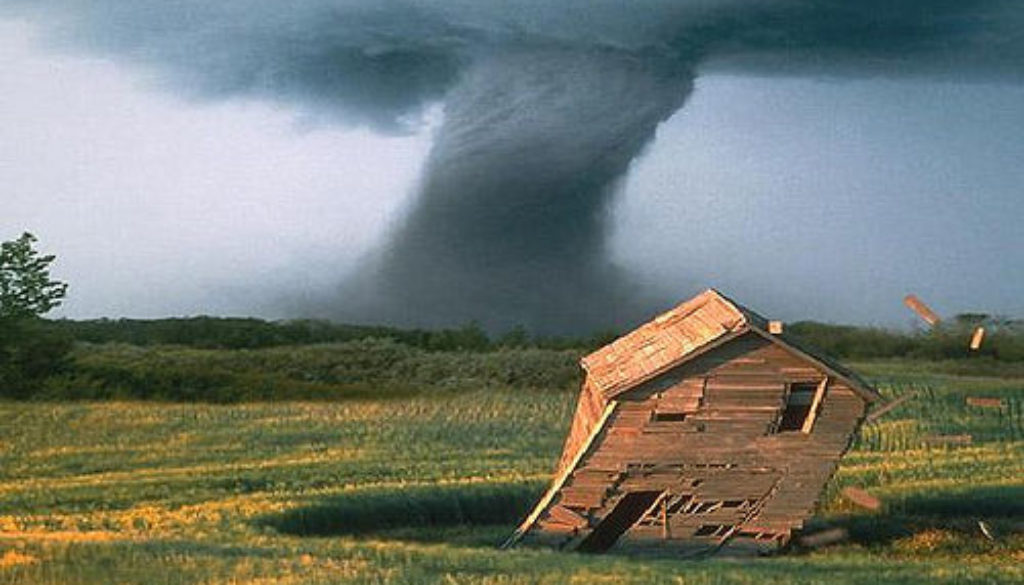



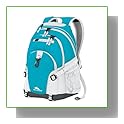
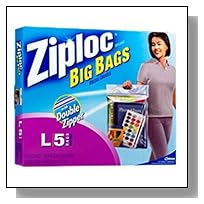

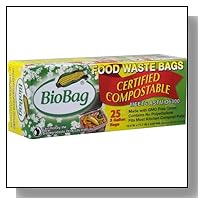

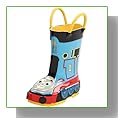
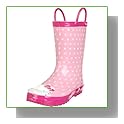

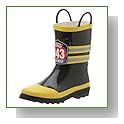
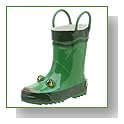
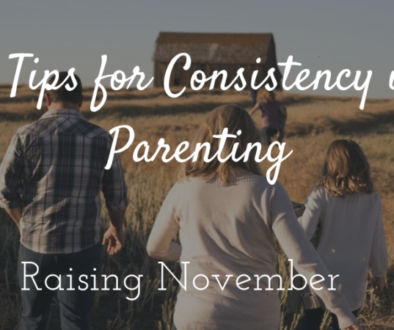

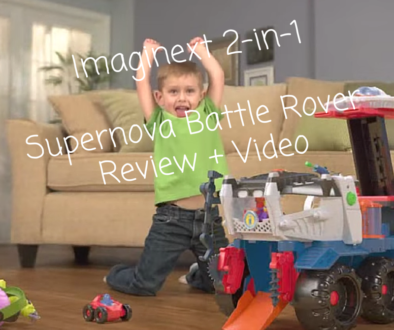
Jones sabo 99 tips
05/03/2013 @ 12:32 PM
hey there and thank you for your information – I’ve certainly picked up anything new from right here.
Ruth Clark
03/14/2013 @ 2:31 PM
This is awesome. So often the special needs kids and adults alike are forgotten. There are some very special people in this world who do not forget. What would we do without you?
I don’t know of anyone who isn’t touched in some way by special needs. And, beyond that, we have the pets, the other family members, who are left behind.
Fortunately, there are those people and organizations in the world who see to it that someone plans and remembers.
My special needs people (those whom I am close to) are the Aspergers, autistic, ADHD, ADD, and the preemies, some who survived and some who didn’t.
Ruth Clark recently posted…Day 1 of the Freaking Fantastic Blog and List Building Challenge
Jenn
03/13/2013 @ 10:27 PM
Amanda, that’s a great idea! I’m sure we would find some things we forgot.
Amanda Thomas
03/13/2013 @ 10:24 PM
My younger sister has cerebral palsy and a brain shunt. She has walking trouble and we’re always worrying about her shunt. My fiance’s sister is disable. She has a feeding tube and a trach. She’s also on a lot of medication. They both provide difficulties when it comes to disaster prep. The key is to really plan ahead. One thing we did was pack up our ready bags and make a list of everything we put in them. We then lived out of them for a few days when it came to essential items to figure out if we missed anything.
Amanda Thomas recently posted…Gifts for Premature Babies updated Sun Dec 23 2012 6:23 am EST